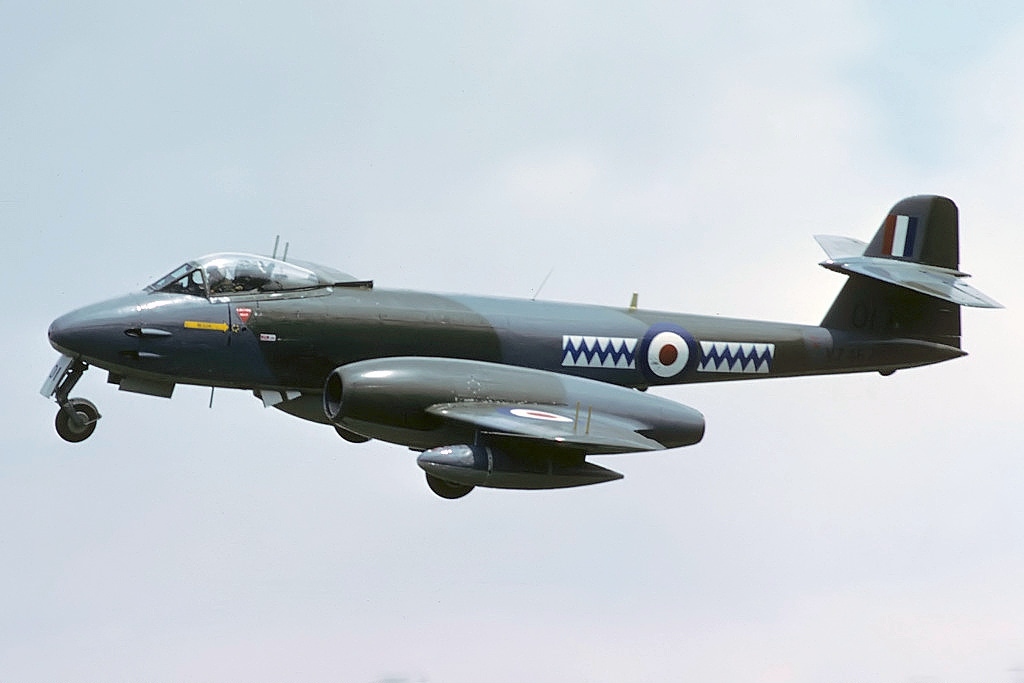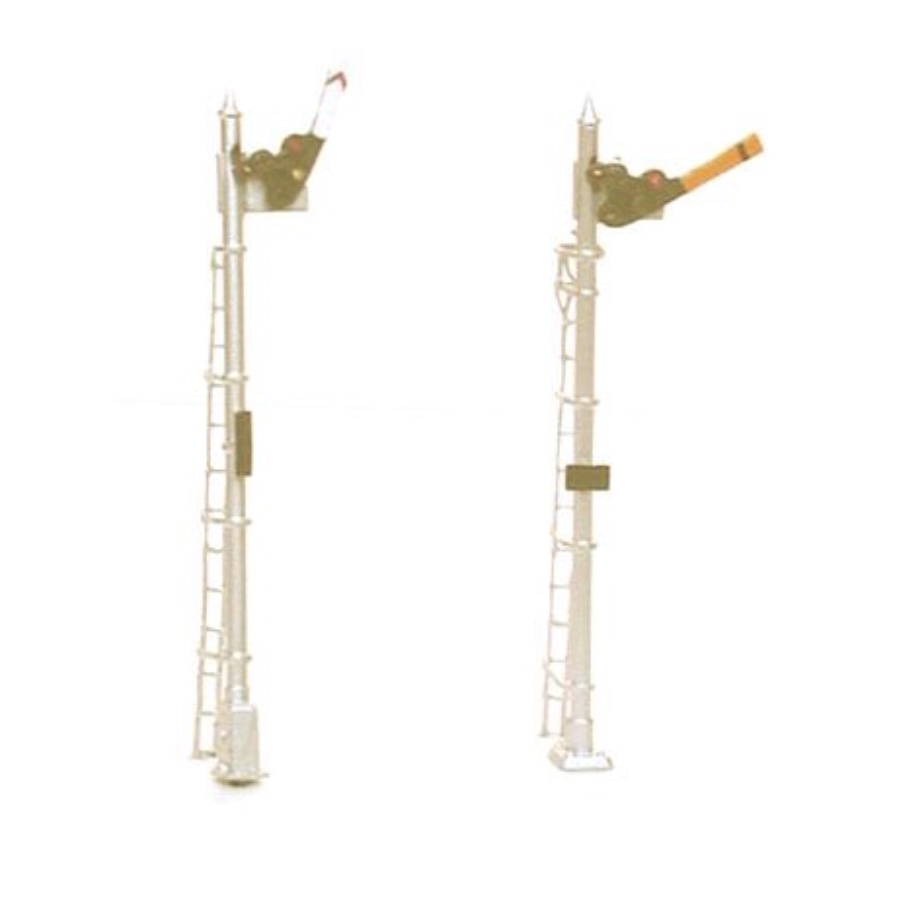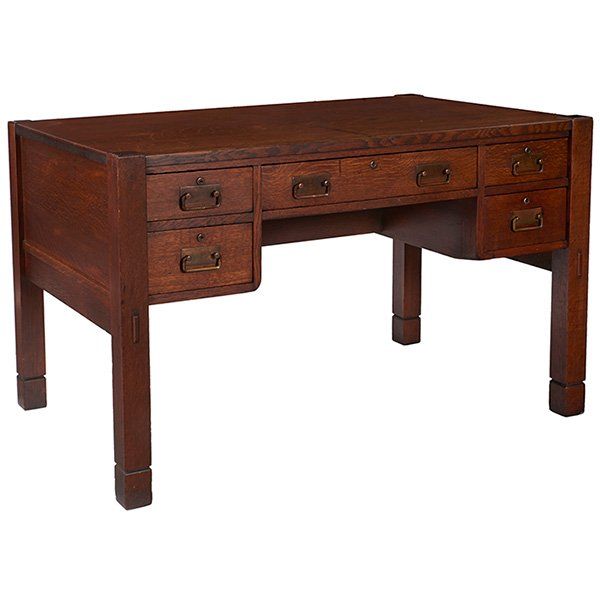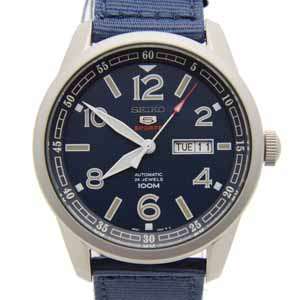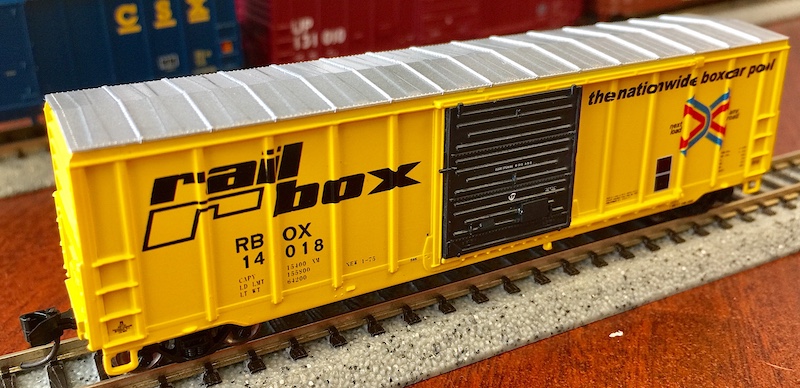History: The Gloster Meteor was the first British jet fighter and the Allies' only jet aircraft to achieve combat operations during the Second World War. The Meteor's development was heavily reliant on its ground-breaking turbojet engines, pioneered by Sir Frank Whittle and his company, Power Jets Ltd. Development of the aircraft began in 1940, although work on the engines had been under way since 1936. The Meteor first flew in 1943 and commenced operations on 27 July 1944 with No. 616 Squadron RAF. The Meteor was not a sophisticated aircraft in its aerodynamics, but proved to be a successful combat fighter. Gloster's 1946 civil Meteor F.4 demonstrator G-AIDC was the first civilian-registered jet aircraft in the world.
Several major variants of the Meteor incorporated technological advances during the 1940s and 1950s. Thousands of Meteors were built to fly with the RAF and other air forces and remained in use for several decades. The Meteor saw limited action in the Second World War. Meteors of the Royal Australian Air Force (RAAF) fought in the Korean War. Several other operators such as Argentina, Egypt and Israel flew Meteors in later regional conflicts. Specialised variants of the Meteor were developed for use in photographic aerial reconnaissance and as night fighters.
The Meteor was also used for research and development purposes and to break several aviation records. On 7 November 1945, the first official airspeed record by a jet aircraft was set by a Meteor F.3 at 606 miles per hour (975 km/h). In 1946, this record was broken when a Meteor F.4 reached a speed of 616 miles per hour (991 km/h). Other performance-related records were broken in categories including flight time endurance, rate of climb, and speed. On 20 September 1945, a heavily modified Meteor I, powered by two Rolls-Royce Trent turbine engines driving propellers, became the first turboprop aircraft to fly. On 10 February 1954, a specially adapted Meteor F.8, the "Meteor Prone Pilot", which placed the pilot into a prone position to counteract inertial forces, took its first flight.
In the 1950s, the Meteor became increasingly obsolete as more nations introduced jet fighters, many of these newcomers having adopted a swept wing instead of the Meteor's conventional straight wing; in RAF service, the Meteor was replaced by newer types such as the Hawker Hunter and Gloster Javelin. As of 2018, two Meteors, G-JSMA and G-JWMA, remain in active service with the Martin-Baker company as ejection seat testbeds.[4] One further aircraft in the UK remains airworthy, as does another in Australia.
Several major variants of the Meteor incorporated technological advances during the 1940s and 1950s. Thousands of Meteors were built to fly with the RAF and other air forces and remained in use for several decades. The Meteor saw limited action in the Second World War. Meteors of the Royal Australian Air Force (RAAF) fought in the Korean War. Several other operators such as Argentina, Egypt and Israel flew Meteors in later regional conflicts. Specialised variants of the Meteor were developed for use in photographic aerial reconnaissance and as night fighters.
The Meteor was also used for research and development purposes and to break several aviation records. On 7 November 1945, the first official airspeed record by a jet aircraft was set by a Meteor F.3 at 606 miles per hour (975 km/h). In 1946, this record was broken when a Meteor F.4 reached a speed of 616 miles per hour (991 km/h). Other performance-related records were broken in categories including flight time endurance, rate of climb, and speed. On 20 September 1945, a heavily modified Meteor I, powered by two Rolls-Royce Trent turbine engines driving propellers, became the first turboprop aircraft to fly. On 10 February 1954, a specially adapted Meteor F.8, the "Meteor Prone Pilot", which placed the pilot into a prone position to counteract inertial forces, took its first flight.
In the 1950s, the Meteor became increasingly obsolete as more nations introduced jet fighters, many of these newcomers having adopted a swept wing instead of the Meteor's conventional straight wing; in RAF service, the Meteor was replaced by newer types such as the Hawker Hunter and Gloster Javelin. As of 2018, two Meteors, G-JSMA and G-JWMA, remain in active service with the Martin-Baker company as ejection seat testbeds.[4] One further aircraft in the UK remains airworthy, as does another in Australia.
Railroad/Company: The Gloster Aircraft Company was a British aircraft manufacturer from 1917 to 1963. Founded as the Gloucestershire Aircraft Company Limited during the First World War, with the aircraft construction activities of H H Martyn & Co Ltd of Cheltenham, England it produced fighters during the war. It was renamed later as foreigners found 'Gloucestershire' difficult to pronounce. It later became part of the Hawker Siddeley group and the Gloster name disappeared in 1963.
Gloster designed and built several fighters that equipped the British Royal Air Force (RAF) during the interwar years including the Gladiator, the RAF's last biplane fighter. The company built most of the wartime production of Hawker Hurricanes and Hawker Typhoons for their parent company Hawker Siddeley while its design office was working on the first British jet aircraft, the E.28/39 experimental aircraft. This was followed by the Meteor, the RAF's first jet-powered fighter and the only Allied jet fighter to be put into service during the Second World War.
Gloster designed and built several fighters that equipped the British Royal Air Force (RAF) during the interwar years including the Gladiator, the RAF's last biplane fighter. The company built most of the wartime production of Hawker Hurricanes and Hawker Typhoons for their parent company Hawker Siddeley while its design office was working on the first British jet aircraft, the E.28/39 experimental aircraft. This was followed by the Meteor, the RAF's first jet-powered fighter and the only Allied jet fighter to be put into service during the Second World War.
Item Links: We found: 1 different collections associated with Aircraft - Jet - Meteor
- Collection War at Sea: 1 different items.
Item created by: gdm on 2019-12-16 08:52:17
If you see errors or missing data in this entry, please feel free to log in and edit it. Anyone with a Gmail account can log in instantly.
If you see errors or missing data in this entry, please feel free to log in and edit it. Anyone with a Gmail account can log in instantly.


